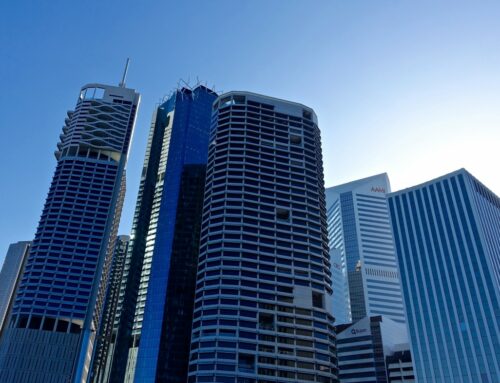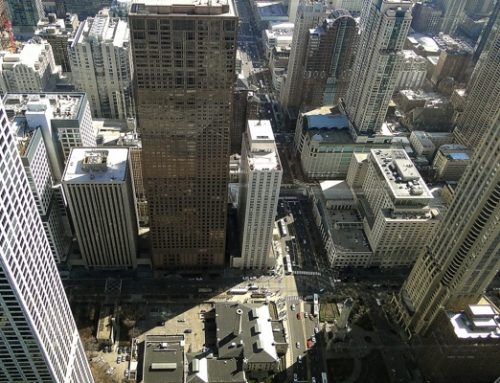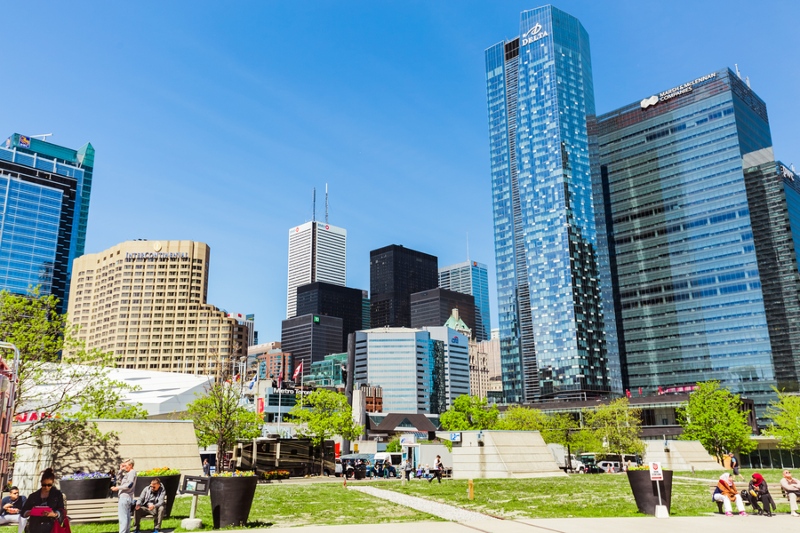
Before you decide on a flat roofing material, there are some points you need to consider.
Toronto, the capital city of Ontario Canada, is dotted with buildings. If you happen to be planning to start a business in the city, one thing you should consider is your flat roofing material.
When it comes to choosing the best roofing material for flat roofs, do you have a predetermined set of qualities? Knowing what you want in a commercial roof is one of the keys to a thriving business.
For one, the best flat roof covering allows you to enjoy long-term savings. So today, Cox Roofing Systems shares top eight considerations before you undertake a flat roof construction. Keep reading.
Related: Commercial Roof Construction: Top 5 Important Considerations
How to Decide on the Best Roofing Material for Flat Roofs
1. Availability of materials
Pretty much all the possible roofing materials that can be used on your facility is available in Toronto. Availability is an important factor because it helps you get an ideal roof based on the succeeding points below.
Before you hire a roofing contractor, be sure to ask what flat roof options they offer. Here at Cox Roofing Systems, we use the following:
- Firestone Building Products (EPDM and TPO roofs)
- Tri Thermal Roofing System (TTR®)
2. Flat roof installation costs
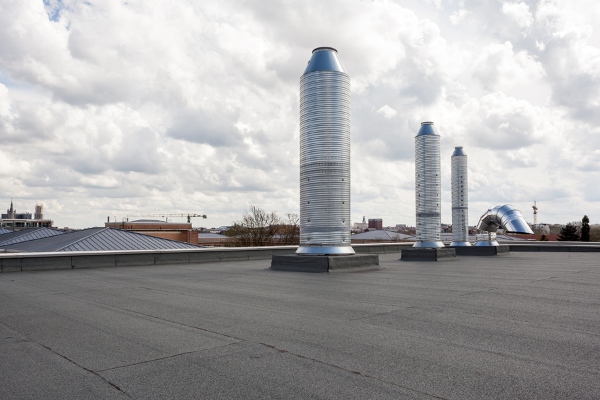
The costs to install different flat roof systems vary depending on roof size, product thickness, and more.
Another huge consideration for deciding which best roofing material for flat roofs to use is the cost. At the end of the day, you want a roof that adds value which you can afford. Let’s take a look at some estimates (from roofingcalc.com):
- EPDM rubber – $4.00 and $7.00 per square foot installed
- TPO – $5.00 to $8.50 per square foot installed
- Built Up Roof – $5.00 to $7.00 per square foot installed
- PVC membrane – $7.00 to $10.00 per square foot
Take note that the costs will vary according to the size of your roof, the thickness of the material, and your installer. We suggest that you meet up with at least 3 contractors so they can inspect your roof and prepare an estimate for you.
3. The lifespan of the material
From the year of your flat roof installation, how long do you expect the product to last? Longevity is a necessary consideration. This is especially true if you’re serious about staying in business for many years to come.
Learn each flat roof life expectancy below:
- EPDM – Lasts anywhere from 22-35 years
- TPO – Lasts anywhere from 22-30 years
- PVC – Lasts anywhere from 12-30 years
- Spray foam – 30 years or more
- Modified bitumen – up to 20 years
Related: How Long Does a Commercial Roof Typically Last in Toronto?
But because flat roofing systems face different elements, they may wear out earlier than you expect them to. This is why maintaining your roof membrane regularly is crucial.
4. Specific uses
In an effort to maximize building space, some facility owners have specific rooftop uses in mind. For example, a building owner may choose to grow a garden over the roof, and so their roof can now be called a green roof. He may also want a space for solar panels to take advantage of a renewable energy source and reduce carbon footprint.
These goals affect a person’s choice of roof covering. Ask your roofing contractor what the best roofing material for flat roofs is depending on what you want. If you like a roof garden, that can be installed over an EPDM or TPO membrane.
5. Choice of colors
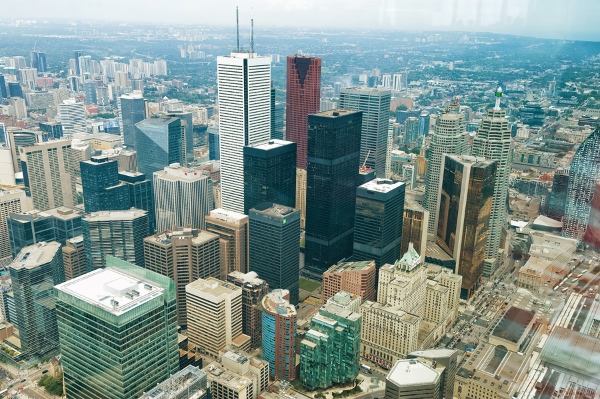
Do you have a specific roof color in mind? With flat roofs, common colors are white and black.
Homeowners aren’t only the ones who care about specific roofing colors; even commercial building owners do. If you care about the appearance of yours, you might want to check whether a flat roof membrane has various available color options.
Between TPO and EPDM, EPDM is mostly available in black and white. TPO usually comes in white. However, some manufacturers offer different color choices like tan, grey, and brown.
Picking a certain color depends on whether you want to make an impression on others or not. The climate and availability of colors offered by a manufacturer also dictate your final choice.
6. Energy-efficiency
Making sure that you install an energy-efficient flat roof ensures that your building stays cool during summer and warm during winter. This translates into lower energy bills and increased comfort among your employees.
Among the available flat roof coverings in the market, EPDM and TPO are two highly energy-efficient options. What you’ll love about using our Firestone roofing membranes is that Firestone themselves commit to manufacturing reflective membranes that save the plant.
The term “reflective” means that your roof reflects the rays of the sun back to the atmosphere instead of absorbing them. Cool, reflective roofing materials also last longer because they resist sun damage.
7. Ability to withstand the climate of your area
Climate is another factor to consider when deciding on the best roofing material for flat roofs. Flat roofing systems are mostly used in hot and dry areas. Basically, it’s important that your flat roof is able to withstand the exposure to the sun, rain, high winds, and other severe weather conditions.
Here at Cox Roofing Systems, we install Firestone roofing products that possess exceptional resistance against high winds. Their TPO and EPDM are also guaranteed against hail and punctures.
8. Environmental impact

Help save the planet by choosing a sustainable flat roof.
Last but not the least is the environmental impact. Does your roof have great or fewer effects on the planet? Your choice of flat roof material will do one of two things:
- Help save the environment
- Further add to its destruction
The best flat roof system lasts long so that it doesn’t end up in landfills in a few years’ time. It should be recyclable when it reaches the end of its service life. Bother EPDM and TPO are recyclable materials.
On the other hand, a tar and gravel roof can’t be recycled. If you install a green roof, know that this is also an environmentally-friendly solution as it helps a place to cope with intense rainfall (stormwater management).
Final Thoughts
When you’re about to choose the best roofing material for flat roofs, make this guide your reference. Evaluate the potential of a roofing system for your building based on the eight thinking points we discussed today.
Don’t hesitate to speak with a qualified roofing professional about the best options. If you need advice today, Cox Roofing Systems is here to serve your Toronto flat roofing needs. Call us right now to learn more, get an inspection, and a FREE estimate: 877-655-4054


